Types of Animals That Eat Cannabis Plants
- Mammals
- Deer
- Rabbits
- Rodents (e.g., mice, rats)
- Insects
- Aphids
- Spider Mites
- Caterpillars
- Birds
- Pigeons
- Sparrows
- Other Wildlife
- Snails and Slugs
Deterrents for Each Animal Group
- Mammals
- Fencing
- Repellents (e.g., sprays, granules)
- Natural Predators
- Insects
- Organic Insecticides
- Beneficial Insects (e.g., ladybugs, predatory mites)
- Physical Barriers (e.g., row covers)
- Birds
- Netting
- Reflective Objects
- Bird Repellent Gels
- Other Wildlife
- Copper Tape
- Diatomaceous Earth
- Traps and Baits
Integrated Pest Management (IPM) Strategies
- Combining Deterrents
- Monitoring and Early Detection
- Environmentally Friendly Practices
- Common Questions and Answers
- Additional Resources for Help
Types of Animals That Eat Cannabis Plants
Weed plants, including cannabis, can fall victim to various animals seeking food. This section explores the types of animals known to consume these plants, categorized by their primary groups: mammals, insects, birds, and other wildlife.
Mammals that eat cannabis plants
Deer
Deer are notorious for their ability to consume large amounts of vegetation, including cannabis plants. They are particularly drawn to the tender leaves and buds, which can lead to significant damage in a short period.
Rabbits
Rabbits can cause considerable damage to young cannabis plants. They are particularly fond of the stems and leaves and can strip a plant clean.
Rodents (e.g., mice, rats)
Rodents such as mice and rats can also be problematic. These small mammals tend to gnaw on the stems and roots, often causing more damage underground than is visible above.
Insects that eat cannabis plants
Aphids
Aphids are tiny, sap-sucking insects that can be particularly damaging to cannabis plants. They reproduce quickly, leading to infestations that weaken plants by draining their sap and spreading diseases.
Spider Mites
Spider mites are microscopic pests that feed on plant sap. They typically reside on the underside of leaves, causing yellowing and stippling, which can weaken the plant significantly.
Caterpillars
Caterpillars, the larval stage of moths and butterflies, are voracious feeders that can defoliate cannabis plants rapidly. They tend to chew large holes in leaves and can even burrow into buds.
Birds that eat cannabis plants
Pigeons
Pigeons and other birds may peck at cannabis plants, particularly the seeds and buds. While birds generally cause less damage than mammals or insects, they can still be a nuisance.
Sparrows
Sparrows and similar small birds may eat seeds and young plants. They are usually more problematic during the planting and early growth stages.
Other Wildlife that eat cannabis plants
Snails and Slugs
Snails and slugs can cause significant damage, especially to seedlings and young plants. These mollusks feed primarily at night, leaving behind large, irregular holes in leaves and stems.
In summary, various animals pose a threat to weed plants, each requiring different strategies for management and deterrence. Understanding the specific animals that target cannabis can help in developing effective protection methods.
Deterrents for animals that eat cannabis plants
Protecting weed plants from animal pests requires a range of strategies tailored to each specific group. This section outlines effective deterrents for mammals, insects, birds, and other wildlife.
Mammals
Fencing
Building a sturdy fence around the garden is one of the most effective ways to keep out deer and rabbits. A fence should be at least 8 feet tall to deter deer and buried several inches underground to prevent rabbits and rodents from digging under.
Repellents (e.g., sprays, granules) for animals that eat cannabis
Repellents can be a useful tool for deterring mammals. These products often contain ingredients like garlic, hot pepper, or predator urine, which mammals find unappealing. They can be applied directly to plants or around the garden perimeter.
Natural Predators of animals that eat cannabis
Encouraging or introducing natural predators, such as owls, hawks, or snakes, can help control rodent populations. Creating habitats for these predators, such as installing owl boxes, can be an effective long-term solution.
Insects
Organic Insecticides
Organic insecticides, such as neem oil, insecticidal soaps, and diatomaceous earth, can help manage insect pests like aphids and spider mites without harming the plants or beneficial insects. These products should be applied according to the manufacturer’s instructions for best results.
Beneficial Insects (e.g., ladybugs, predatory mites)
Introducing beneficial insects that prey on pests can help keep the insect population in check. Ladybugs, lacewings, and predatory mites are effective against aphids and spider mites. These beneficial insects can be purchased and released in the garden.
Physical Barriers (e.g., row covers) to keep out animals that eat cannabis
Using physical barriers like row covers can protect plants from insect pests. These covers allow light and water to penetrate while keeping insects out. They are particularly useful for protecting young plants and seedlings.
Birds
Netting
Bird netting can be draped over plants to prevent birds from pecking at seeds and buds. The netting should be securely anchored to prevent birds from getting underneath it.
Reflective Objects
Reflective objects, such as aluminum foil strips, old CDs, or commercial bird deterrent tape, can scare birds away from the garden. The movement and light reflections create an environment that birds find unsettling.
Bird Repellent Gels
Bird repellent gels can be applied to surfaces around the garden to deter birds. These gels create a sticky surface that birds find uncomfortable, encouraging them to seek food elsewhere.
Other Wildlife
Copper Tape
Copper tape can be used to deter snails and slugs. When these pests come into contact with the copper, they receive a mild electric shock, discouraging them from crossing it.
Diatomaceous Earth
Diatomaceous earth is a natural, abrasive powder that can be sprinkled around plants to deter snails and slugs. The powder causes dehydration in these pests, leading to their death.
Traps and Baits
Traps and baits can be used to manage snails, slugs, and rodents. Beer traps for slugs and snails and bait stations for rodents can help reduce their populations.
In conclusion, using a combination of these deterrents tailored to the specific animal pests can effectively protect weed plants. Employing multiple strategies simultaneously often yields the best results, ensuring comprehensive protection for your garden.
Integrated Pest Management (IPM) Strategies
Integrated Pest Management (IPM) is a holistic approach to controlling pests that combines various methods to achieve effective and sustainable results. By integrating multiple strategies, you can minimize pest damage while reducing reliance on chemical controls. This section outlines key IPM strategies for protecting weed plants from animal pests.
Combining Deterrents
Layered Defense Approach
Using multiple deterrents simultaneously creates a more effective defense against pests. For example, combining physical barriers like fencing and netting with repellents and natural predators can offer comprehensive protection. This layered approach makes it more difficult for pests to overcome all barriers and reach the plants.
Diversifying Tactics
Diversifying your pest control tactics helps prevent pests from becoming accustomed to a single method. Rotate the use of repellents, alternate between different types of barriers, and introduce a variety of beneficial insects to keep pests on their toes and reduce the likelihood of resistance.
Monitoring and Early Detection
Regular Inspections
Conduct regular inspections of your garden to identify pest problems early. Look for signs of damage, such as chewed leaves, stems, or buds, as well as the presence of pests themselves. Early detection allows you to address issues before they become severe.
Use of Traps
Deploy traps to monitor pest populations. Sticky traps can capture insects like aphids and spider mites, while live traps can help you gauge the presence of rodents. Analyzing trap catches can provide insights into pest activity and inform your control strategies.
Environmentally Friendly Practices
Cultural Practices
Adopt cultural practices that promote plant health and resilience. Proper spacing, watering, and fertilization can strengthen plants, making them less susceptible to pest damage. Removing plant debris and weeds can also reduce hiding places and breeding grounds for pests.
Biological Controls
Biological controls involve using natural enemies to manage pest populations. Encourage or introduce predators, parasites, and pathogens that target specific pests. For instance, releasing ladybugs to control aphids or using nematodes to combat soil-dwelling pests can be effective and environmentally friendly.
Selective Use of Chemicals
When chemical controls are necessary, choose products that are least harmful to beneficial organisms and the environment. Opt for organic or natural pesticides and apply them as a last resort. Always follow label instructions and use the minimum effective dose to reduce the impact on non-target species.
Case Studies and Success Stories
Learning from Experience
Examine case studies and success stories from other gardeners and growers who have effectively implemented IPM strategies. Understanding what has worked for others can provide valuable insights and inspiration for your pest management plan.
Adapting to Local Conditions
Tailor your IPM strategies to the specific conditions of your garden and local pest pressures. What works in one region may not be effective in another, so adapt your approach based on local knowledge and observations.
In summary, Integrated Pest Management (IPM) offers a balanced and sustainable approach to protecting weed plants from animal pests. By combining deterrents, monitoring pest activity, adopting environmentally friendly practices, and learning from others, you can create a robust pest management plan that minimizes damage and promotes a healthy garden.
FAQs
What are the most common animals that eat weed plants?
The most common animals that eat weed plants include deer, rabbits, rodents (such as mice and rats), various insects (including aphids, spider mites, and caterpillars), birds (such as pigeons and sparrows), and mollusks like snails and slugs. These animals are attracted to the tender leaves, stems, and buds of cannabis plants.
How can I protect my weed plants from deer?
To protect weed plants from deer, you can:
- Install a tall fence: Deer can jump high, so a fence at least 8 feet tall is recommended .
- Use deer repellents: Commercially available repellents can be applied to plants or the surrounding area. These often contain scents or tastes that deer find unpleasant, such as predator urine or garlic .
- Plant deer-resistant plants: Surrounding your cannabis plants with plants that deer dislike, such as lavender or marigolds, can help deter them .
What are effective ways to control aphids on cannabis plants?
Effective ways to control aphids include:
- Organic insecticides: Neem oil and insecticidal soaps are effective against aphids and safe for cannabis plants .
- Beneficial insects: Introducing ladybugs, lacewings, and predatory mites can help control aphid populations naturally .
- Physical removal: Spraying plants with water or manually removing aphids can also help manage infestations .
How can I keep birds from eating my cannabis seeds and buds?
To keep birds away from cannabis seeds and buds, you can:
- Use bird netting: Netting can be placed over plants to physically prevent birds from accessing them .
- Install reflective objects: Items like aluminum foil strips or old CDs can scare birds away due to their movement and reflections .
- Apply bird repellent gels: These gels create a sticky surface that birds avoid, and they can be applied to areas where birds frequently perch .
What are some environmentally friendly pest control methods?
Environmentally friendly pest control methods include:
- Cultural practices: Maintaining healthy plants through proper spacing, watering, and fertilization can make them more resistant to pests .
- Biological controls: Using natural predators and parasites, such as ladybugs for aphids or nematodes for soil pests, helps manage pest populations without chemicals .
- Organic pesticides: Products like neem oil, diatomaceous earth, and insecticidal soaps can control pests while being safe for the environment .
Can integrated pest management (IPM) help with pest control in cannabis cultivation?
Yes, Integrated Pest Management (IPM) is highly effective for cannabis cultivation. IPM combines multiple strategies, including:
- Monitoring and early detection: Regular inspections help catch pest issues early .
- Combining deterrents: Using a mix of physical barriers, repellents, and biological controls creates a more robust defense .
- Environmentally friendly practices: Promoting plant health and using organic or biological controls reduces the need for chemical interventions .
These approaches work together to minimize pest damage while promoting a healthy growing environment for cannabis plants.
References
- “Deer Repellents: Facts and Myths,” University of Vermont Extension
- “Beneficial Insects for Pest Control,” Planet Natural
- “Bird Netting for Gardens,” Gardener’s Supply Company
- “Biological Pest Control,” University of California Agriculture and Natural Resources
- “Integrated Pest Management (IPM) Principles,” EPA
How to Trellis Cannabis
Trellising cannabis is crucial for optimizing growth and maximizing yields. Learning how to trellis cannabis effectively helps support your plants,…
How to Make Cannabis-Infused Honey
Cannabis-Infused Honey is a delightful and versatile way to incorporate the benefits of cannabinoids into your daily routine. This process…
Force Flowering Cannabis Outdoors
What is Force Flowering? Force flowering is a cultivation technique used to induce cannabis plants to flower outside their natural growing…
Make Moroccan Hash at Home
Make Moroccan hash at home with our comprehensive guide. Explore traditional techniques and modern methods for crafting quality hash….
Animals That Eat Cannabis Plants
Types of Animals That Eat Cannabis Plants Mammals Deer Rabbits Rodents (e.g., mice, rats) Insects Aphids Spider Mites Caterpillars Birds Pigeons Sparrows Other Wildlife Snails and Slugs Deterrents for Each Animal Group Mammals Fencing Repellents (e.g., sprays,…
NFT System for Cannabis Cultivation
Introduction Overview of Hydroponics Hydroponics is a method of growing plants without soil by using mineral nutrient solutions in an aqueous solvent….

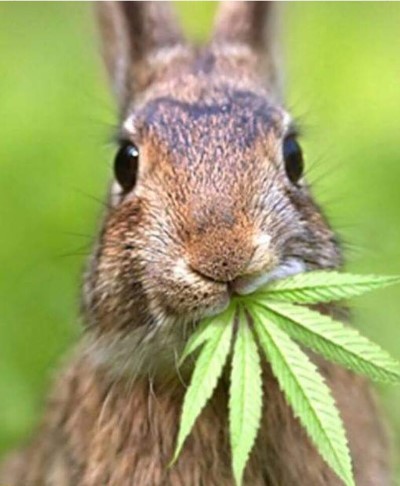
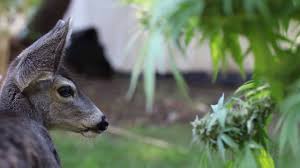

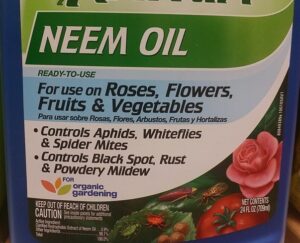
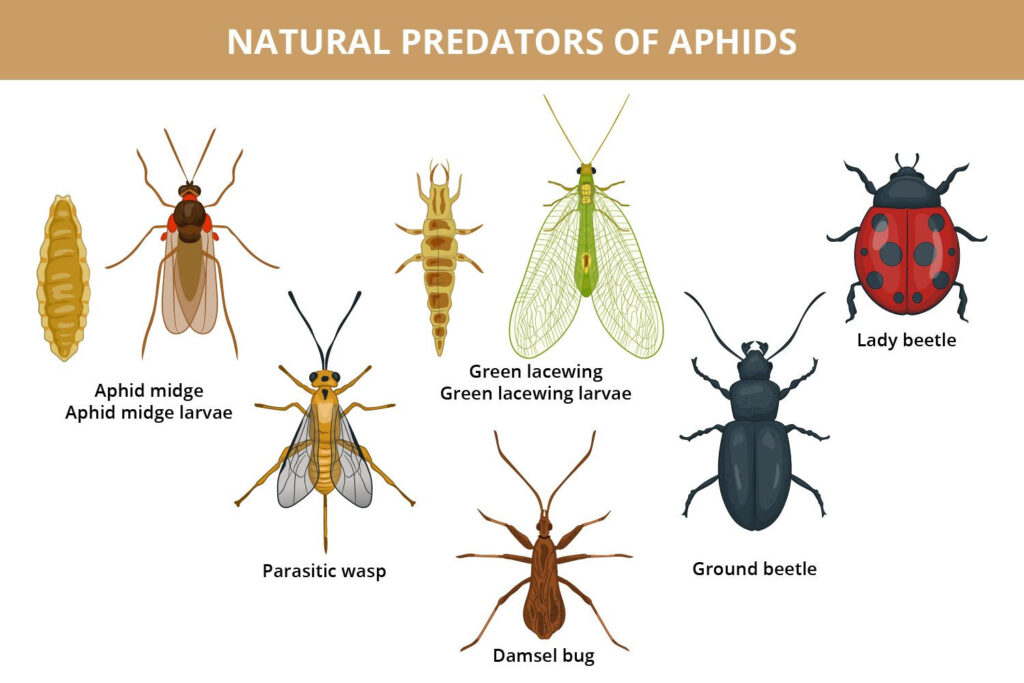



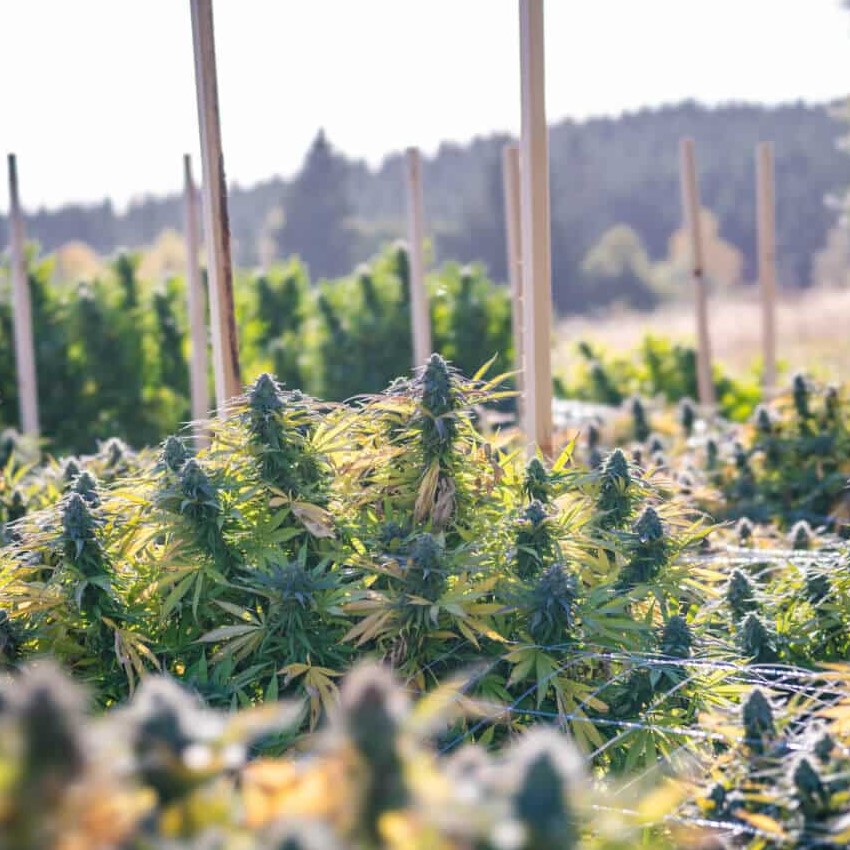
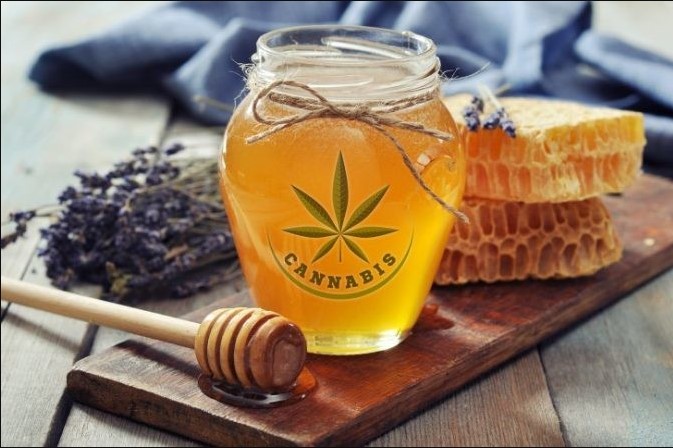
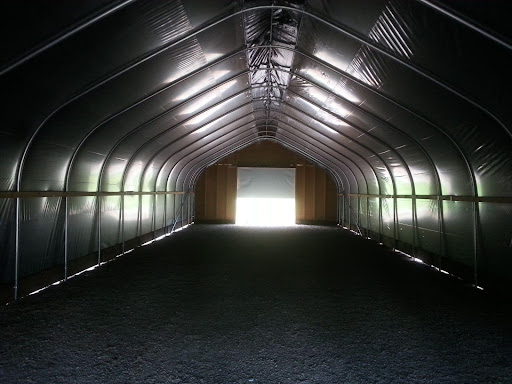
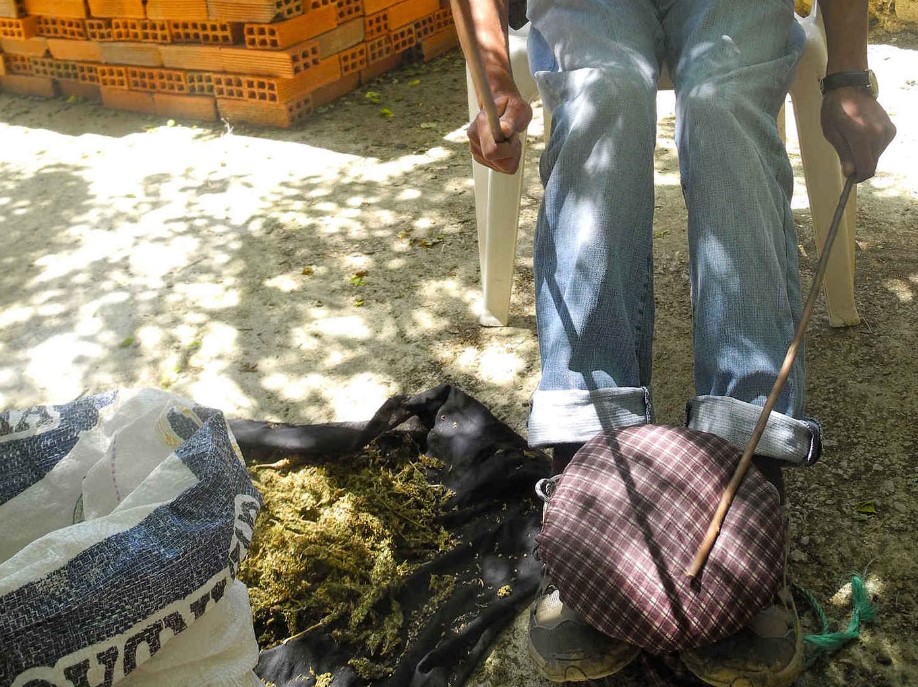
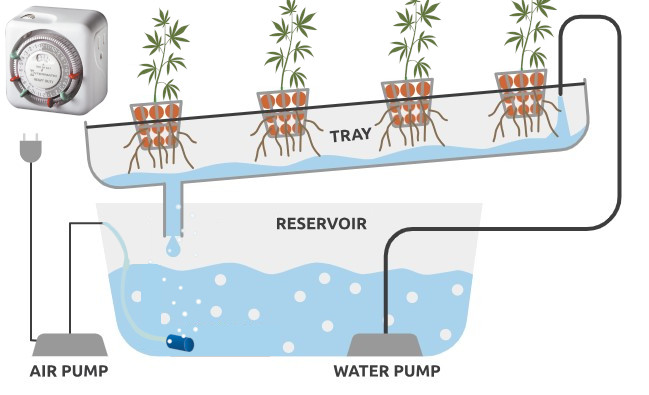
Can you do anything about Elk, they seemed to enjoy my back woods grow.